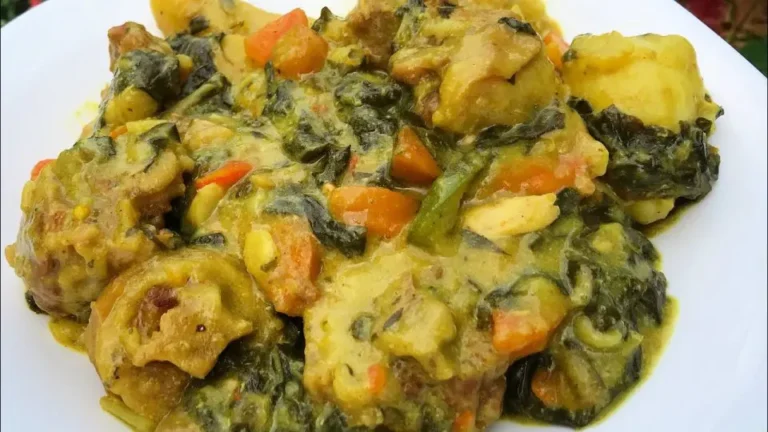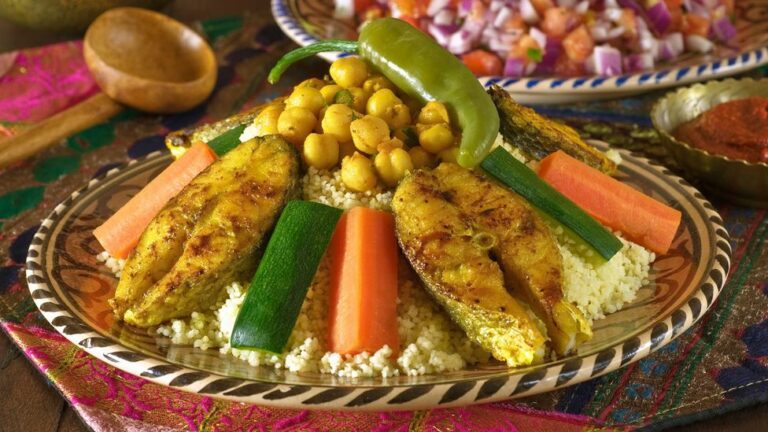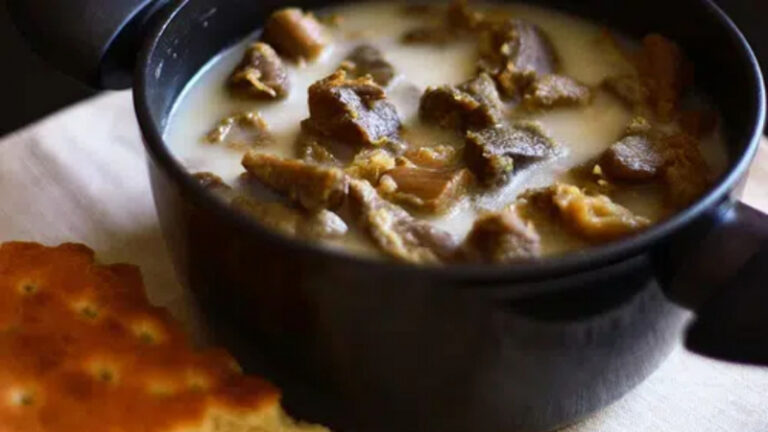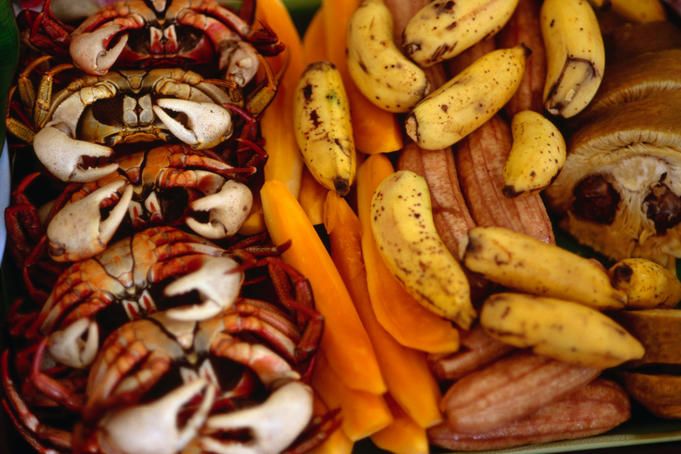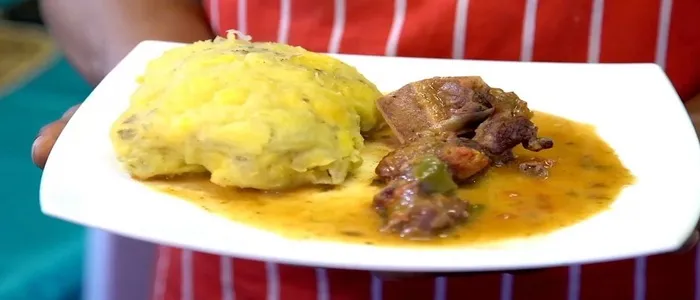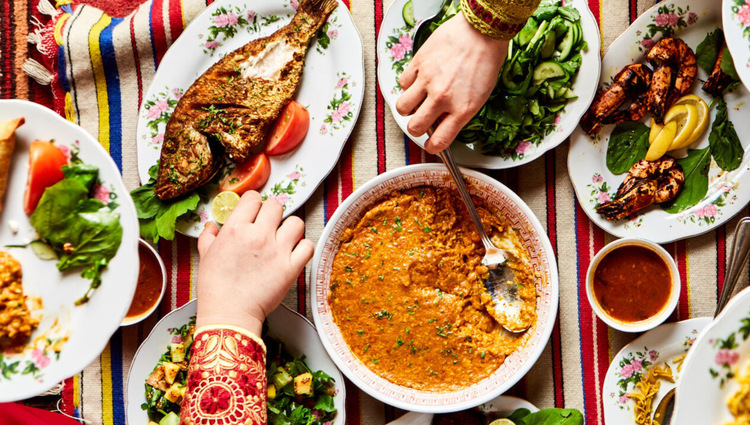Introduction: Togolese cuisine and its neighbors
Togolese cuisine is known for its unique blend of African, European, and indigenous flavors. With diverse ethnic groups, Togolese cuisine varies across regions, but staples like cassava, yams, rice, and maize are common in most dishes. The cuisine is characterized by slow-simmered stews, spicy sauces, and grilled meats.
Togo is bordered by two West African countries: Benin to the east and Ghana to the west. These countries have a shared history, culture, and cuisine that has influenced Togolese dishes. In this article, we explore the question: Are there any Togolese dishes influenced by neighboring countries like Benin or Ghana?
Close ties: Togo, Benin, and Ghana
Togo shares many cultural and historical links with Ghana and Benin. These countries were part of the Dahomey Kingdom, which existed in the 18th and 19th centuries and traded slaves with European countries. They also share a common language, Ewe, which is spoken in the southeastern part of Togo, as well as in Ghana and Benin.
The cultural exchange between these countries has also influenced their cuisines. Togolese cuisine has been influenced by Benin’s Fon cuisine, while Ghanaian foods such as jollof rice and kelewele have found their way into Togolese menus. Despite these influences, Togolese cuisine remains unique and distinct, reflecting the country’s diverse ethnic groups and ingredients.
Similarities in West African cuisine
West African cuisine is characterized by the use of local ingredients, such as yams, plantains, cassava, and beans. These ingredients are the base of many stews and sauces. Spices like ginger, garlic, and chili peppers are also commonly used to add flavor and heat to dishes.
Due to the shared history and geography of West African countries, there are many similarities in their cuisines. For example, fufu, a starchy dough made from cassava, plantains, or yams, is a staple across the region. Jollof rice and peanut stew are also popular dishes that can be found in many West African countries.
Benin’s influence on Togolese dishes
Benin’s Fon cuisine has had a significant impact on Togolese dishes. One of the most popular dishes in Togo, called Ewédjè, is a stew made with eggplant, okra, and a tomato sauce. This dish is similar to Benin’s Amiwo, which is made with the same ingredients, but with the addition of smoked fish.
Another dish that has been influenced by Benin is Ablo, a steamed cake made from cornmeal and served with a spicy sauce. This dish is similar to Benin’s Agoun, which is a cornmeal cake served with a tomato and onion sauce.
Ghana’s impact on Togolese cuisine
Ghana’s cuisine has also influenced Togolese dishes. Jollof rice, a spicy tomato-based rice dish, originated in West Africa and is a popular dish in Ghana. In Togo, Jollof rice is often served with grilled chicken or fish.
Kelewele, a snack made from fried plantains seasoned with ginger and chili peppers, is another dish that has made its way into Togolese cuisine. In Togo, kelewele is often served with grilled pork or chicken.
Conclusion: A blend of local and neighboring flavors
In conclusion, Togolese cuisine has been influenced by its neighbors, Benin and Ghana, but it has also retained its unique flavors and ingredients. The exchange of culinary traditions and ingredients across West Africa has resulted in a diverse and flavorful cuisine that reflects the region’s rich history and culture. Whether you’re enjoying a plate of Ewédjè or Jollof rice, Togolese cuisine is a delicious blend of local and neighboring flavors.


